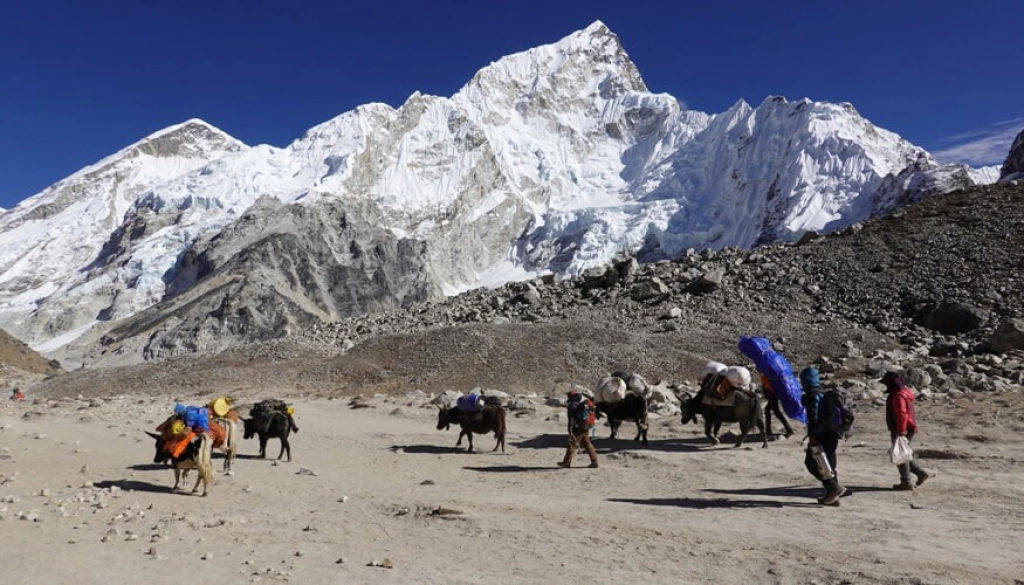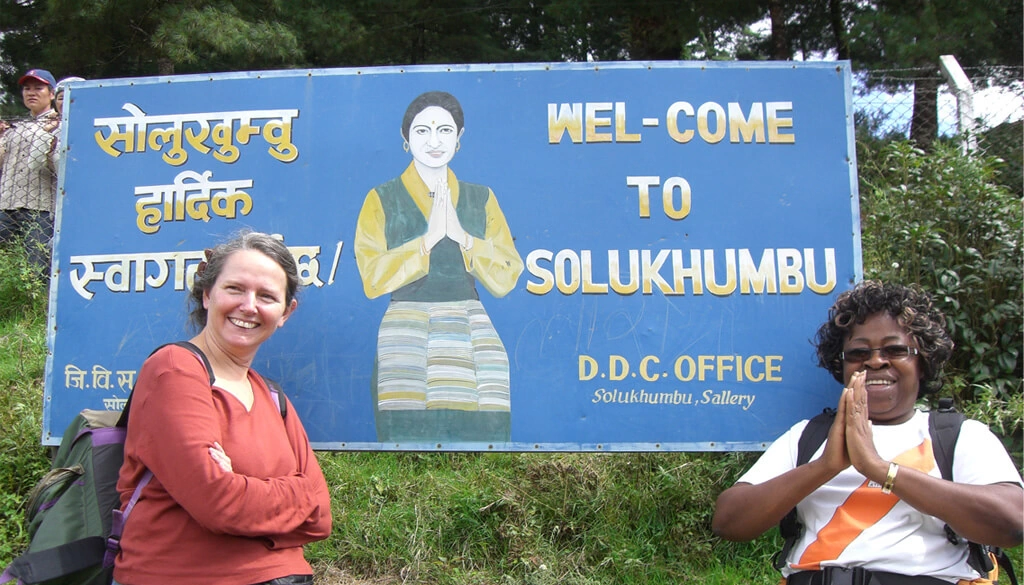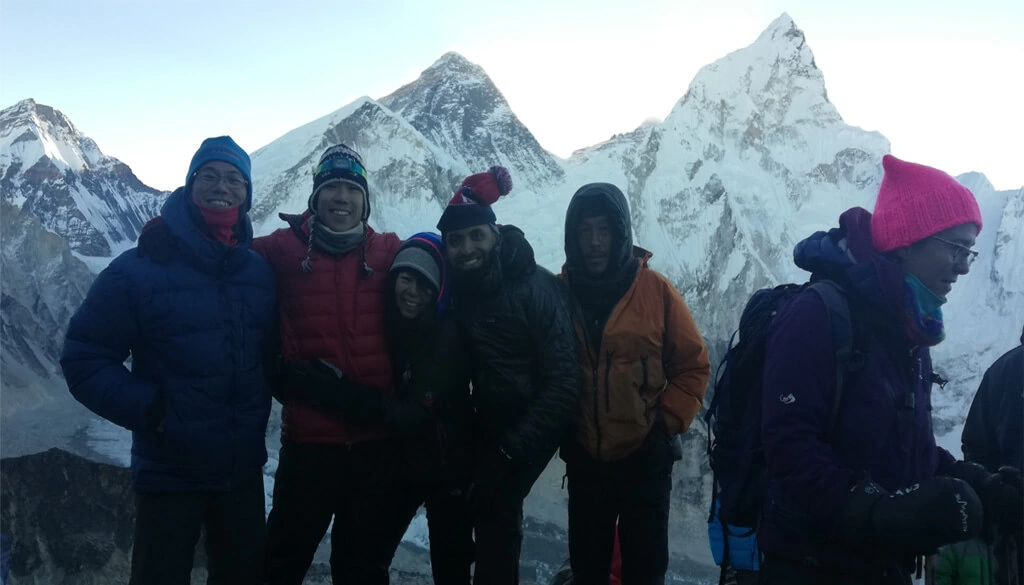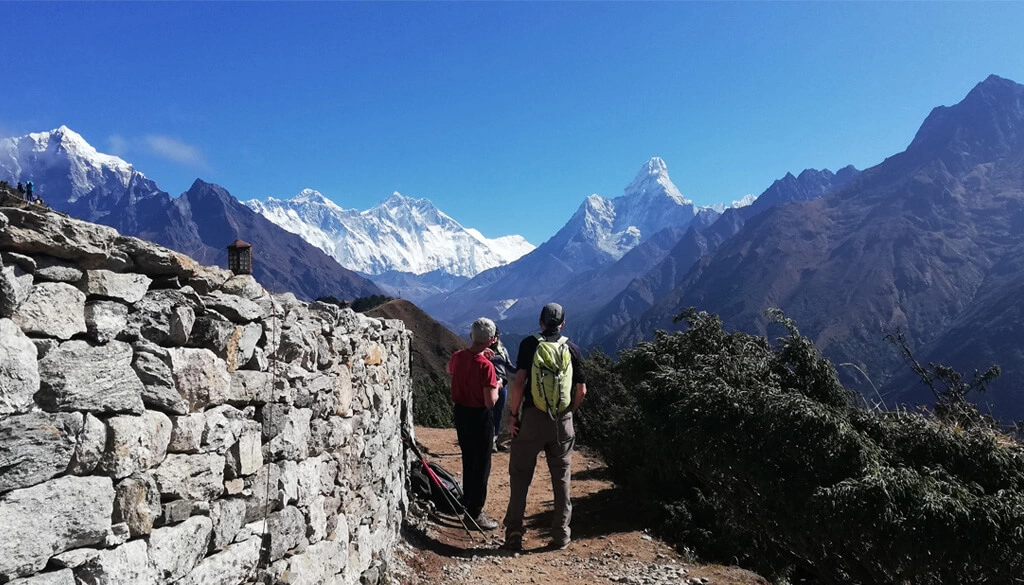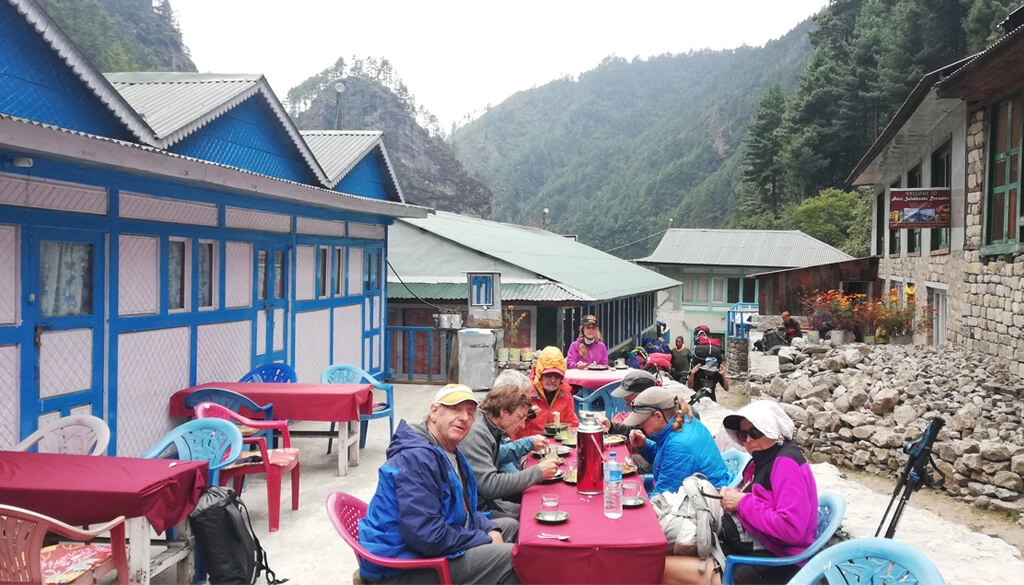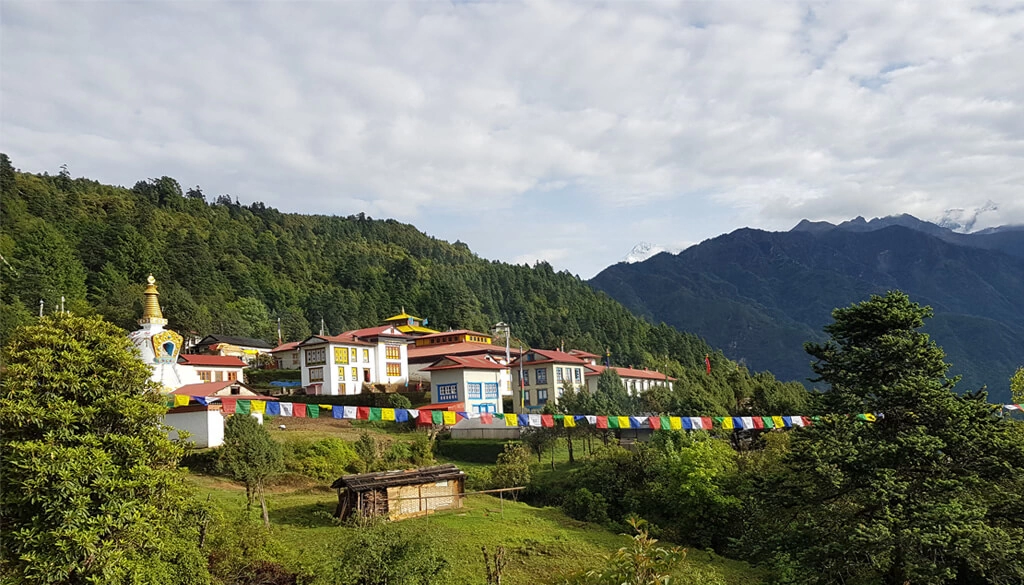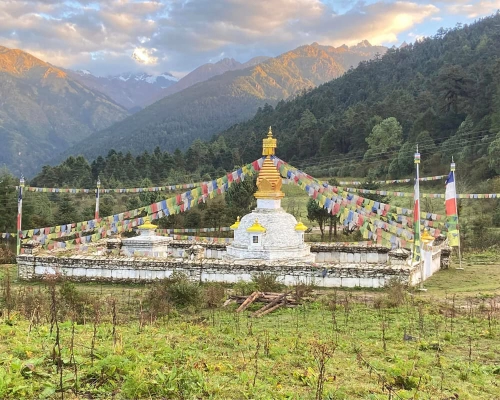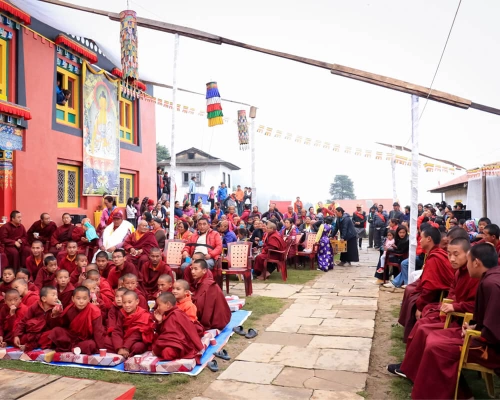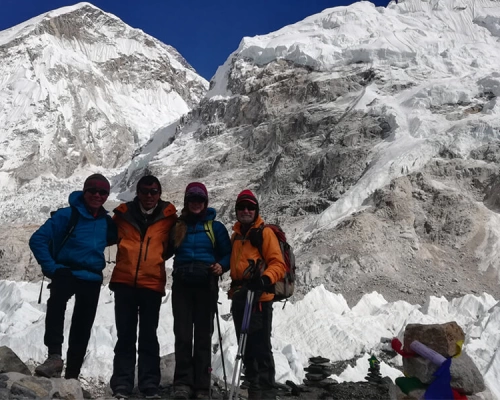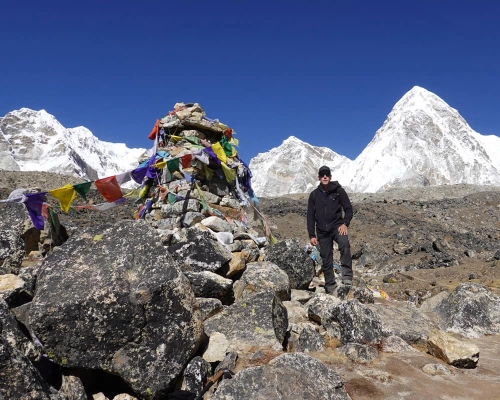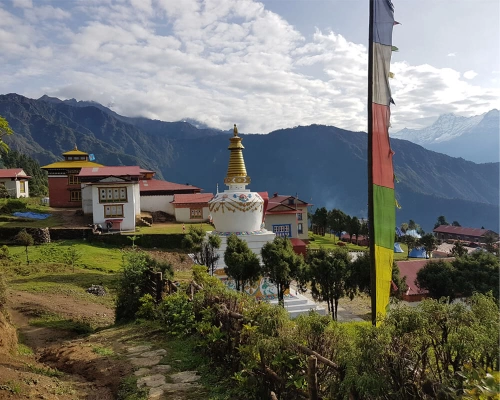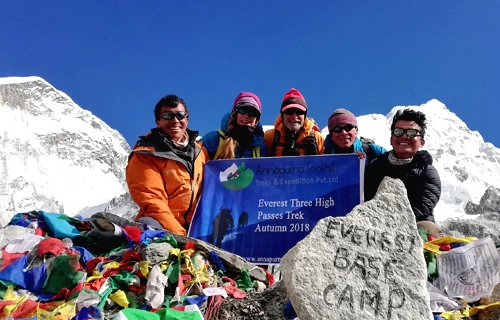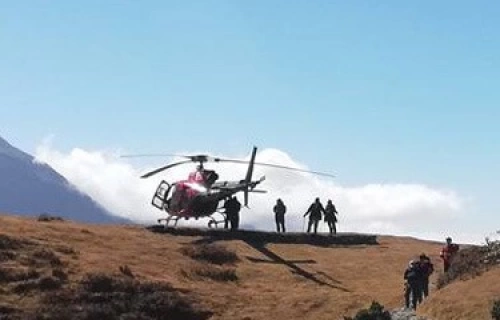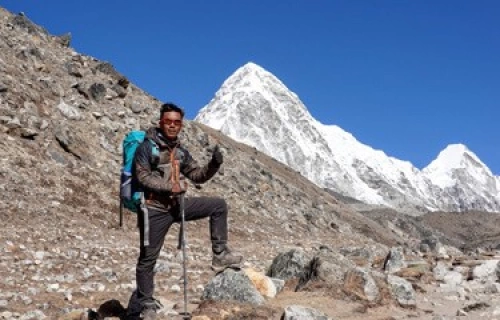About Phaplu Everest Base Camp Trekking
Starting at a lower elevation, the Phaplu Everest Base Camp Trekking allows for gradual acclimatization. It is also the best way to observe the distinct differences in vegetation, scenery and culture related to the elevation. This adventure promises stunning views of Everest, 8848m, Amadablam, 6812m, Lhotse, 8516m, Thamserku, 6506m, Makalu, 8463m, Cho Oyo, 8152m, and others .Phaplu Everest Base Camp Trekking is the ultimate trek for the mountain loving soul.
Trekking Everest Base Camp via Phaplu is an exciting variation of the Classic Everest Base Camp Trekking. This option is good for those who want to avoid all altitude related risks, but prefer something shorter than the 24-day Jiri to Everest Base Camp Trek. This trek starts with a short flight to Phaplu, 2600m, into the quiet ‘Solu’ part of the Solu-khumbu Region where fewer tourist venture. Another big plus point is that Phaplu can also be reached by road if the weather causes flight delays.
The Phaplu Everest Base Camp Trek starts on gentle slopes through a lush fertile valley up to Junbesi, a Sherpa village. Although it is common to see Hindu temples in most low-land areas of Nepal, in the Solu region there is a noticeably stronger Buddhist influence. Just beyond Junbesi, on a hill, is the famous Thupten Chholing Monastery. There are over 400 monks and nuns residing there as well as a Lama who is a high level re-incarnate of Buddha.
From Junbesi, we climb to the Taksindu La pass before descending through terraced hillsides and small villages, down to the raging Dudh Koshi River. From the river, the trail gently ascends to Khari Khola, 2050m. On a hill above Khari Khola there is a Buddhist Monastery from where we get an excellent view of Numbu, 6960m, Gyangchung Kang, 7922m, Cho-oyu and Thamserku. At Chhiplung, 2700m, we join the main trail which links Lukla and Namche. From this point onward, the trail is quite broad and busy. Namche Bazaar, 3440m, is a bustling Sherpa town with almost every modern convenience you can think of. It is surrounded on three sides by mountains while one side opens to the Bhote Koshi valley.
From Namche, we follow the Classic Everest Base Camp trail through lovely fir and rhododendron forests and grazing pastures. Colorful prayer flags, chortens and mani stones line the trails to ancient Buddhist monasteries. The friendly Sherpa people of the remote villages of the Solukhumbu region will give you a warm welcome into their stone houses and you will get an insight into authentic Tibetan-Buddhist culture.
When we reach the Tengboche Monastery, 3870m, there is an excellent view of Mt. Everest. Looking at its enormity we will understand why expeditions would seek the blessing of the gods before they attempt the summit.
It is beautiful to see the patchwork fields at Dingboche, 4400m; stone walls encircle the fields to protect the precious barley, buckwheat and potato crops from cold winds and grazing animals. Rocky moraine marks the approach to Gorakshep, 5180m and Everest Base Camp, 5486m. At Everest Base Camp, as we stand on the Khumbu Glacier and look up with awe at the snow capped giants (Mt. Everest is not visible from here), we will celebrate our achievement and also feel a deepened respect for the climbers on summit expeditions, for whom the real challenge has just begun. After gazing at the immensity of the Khumbu glacier, with its ice fall, glacial ponds and icebergs we return to Gorakshep and climb to Kala Patthar, 5545m, for the ultimate close-up view of Mount Everest.
The Phaplu Everest Base Camp Trekking usually returns via Namche to Lukla for a flight back to Kathmandu. It would also be possible to return via Phaplu or Jiri to travel by road to Kathmandu.
Ready to challenge yourself with an interesting climb of a 6000m peak? We organize exciting adventure climbs of Island Peak 6189m and Lobuche East Peak 6119m as an add on climb to any of the Everest region treks. We recommend our guests to do the Everest Base Camp Trek or Gokyo Valley and Everest Base Camp Trek or Khumbu Three High Passes Trek before attempting for either Island Peak or Lobuche East Peak.
